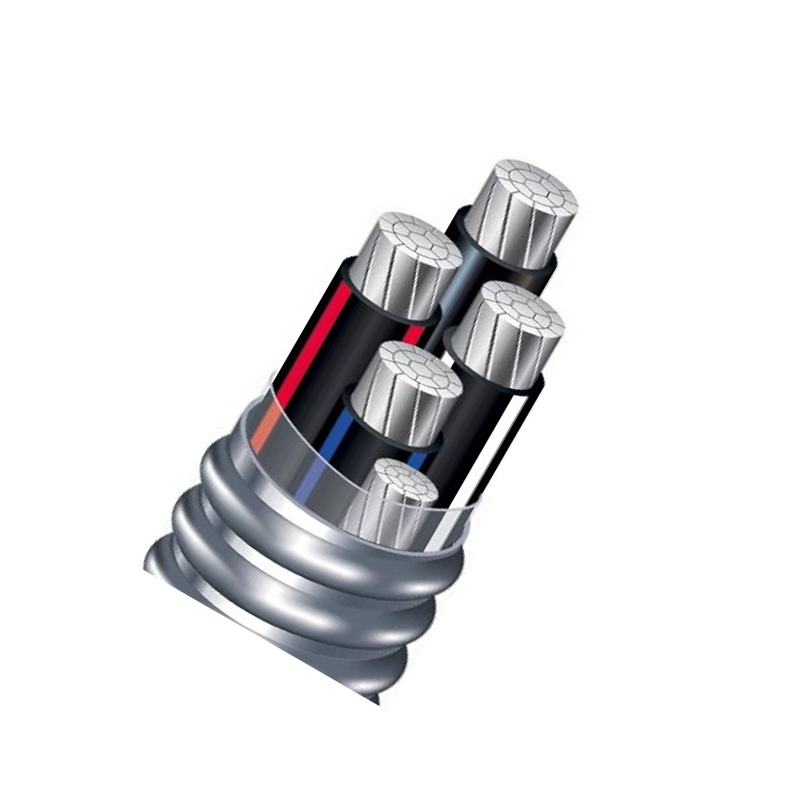Dec . 02, 2024 06:20 Back to list
rubber joint expansion
Understanding Rubber Joint Expansion Applications and Advantages
Rubber joint expansion, often referred to as flexible joints or expansion joints, plays a crucial role in various industries, particularly in plumbing, HVAC systems, and civil engineering. These joints enable systems to absorb movement, accommodate vibrations, and mitigate the stresses caused by thermal expansion or contraction. This article will explore the fundamental concept of rubber joint expansion, its applications, and the advantages it offers.
What are Rubber Joint Expansions?
Rubber joint expansions are engineered components designed to compensate for various types of movement within mechanical systems. When subjected to temperature changes, pipelines and other structures expand and contract. If these movements are not accommodated effectively, they can lead to stress and potential failure of the system. Rubber joint expansions act as a buffer, providing flexibility and absorbing these movements without exerting undue stress on adjoining structures.
Typically constructed from high-quality elastomers, rubber joint expansions are resilient, durable, and capable of withstanding various environmental conditions. They can be manufactured to meet specific performance requirements, ensuring a reliable solution for many applications.
Applications of Rubber Joint Expansion
1. Piping Systems One of the most prevalent uses of rubber joint expansions is in piping systems. Whether in water supply, wastewater management, or industrial processes, these joints help maintain the integrity of the pipes by absorbing vibrations and accommodating thermal expansion. Their flexibility reduces the risk of leaks and breaks that could lead to costly repairs and downtime.
2. HVAC Systems In heating, ventilation, and air conditioning systems, rubber joint expansions are vital for isolating vibrations from ductwork and piping. By preventing the transmission of vibrations to other parts of the building, they contribute to a quieter and more comfortable indoor environment. Additionally, they can help prevent system wear and prolong the lifespan of HVAC equipment.
3. Bridges and Structures In civil engineering, rubber joint expansions are used in bridges and other structures to accommodate movement caused by environmental factors such as temperature fluctuations and seismic activity. By allowing controlled movement, these joints help to maintain structural integrity and prevent cracking or other forms of damage.
rubber joint expansion

4. Automotive Applications In the automotive industry, rubber joint expansions are utilized in exhaust systems, cooling systems, and more. They help to absorb vibrations generated by the engine, contributing to a smoother and quieter ride while protecting components from wear over time.
Advantages of Rubber Joint Expansions
1. Flexibility The primary advantage of rubber joint expansions lies in their flexibility. They can accommodate a wide range of movements, including axial, lateral, and angular displacements. This flexibility is essential in dynamic systems where various forces are at play.
2. Dampening Vibrations Rubber joints are excellent at dampening vibrations and reducing noise, which is vital for ensuring comfort in residential and commercial settings. By minimizing vibration transmission, they also protect connected equipment from damage.
3. Corrosion Resistance Many rubber materials used in joint expansions are resistant to various chemicals and environmental factors, which enhances their longevity. This resistance to corrosion is particularly important in industrial applications where exposure to harsh conditions is common.
4. Cost-Effectiveness Implementing rubber joint expansions can prove cost-effective in the long run. By preventing damage to systems and reducing maintenance needs, organizations can save on repair costs and downtime, enhancing overall operational efficiency.
5. Ease of Installation Rubber joint expansions are relatively easy to install compared to rigid alternatives. Their lightweight characteristics and flexible nature allow for quicker installation, reducing labor costs and minimizing disruption during projects.
Conclusion
Rubber joint expansions are essential components in modern engineering and construction, offering a range of benefits across various applications. Their ability to absorb movement, dampen vibrations, and resist environmental stresses makes them indispensable in maintaining the performance and reliability of systems. As technology advances and industries continue to evolve, the importance of these flexible components will undoubtedly grow, solidifying their role in the future of engineering and design.
Share
-
Reliable Wafer Type Butterfly Valves for Every IndustryNewsJul.25,2025
-
Reliable Flow Control Begins with the Right Ball Check ValveNewsJul.25,2025
-
Precision Flow Control Starts with Quality ValvesNewsJul.25,2025
-
Industrial Flow Control ReliabilityNewsJul.25,2025
-
Engineered for Efficiency Gate Valves That Power Industrial PerformanceNewsJul.25,2025
-
Empowering Infrastructure Through Quality ManufacturingNewsJul.25,2025